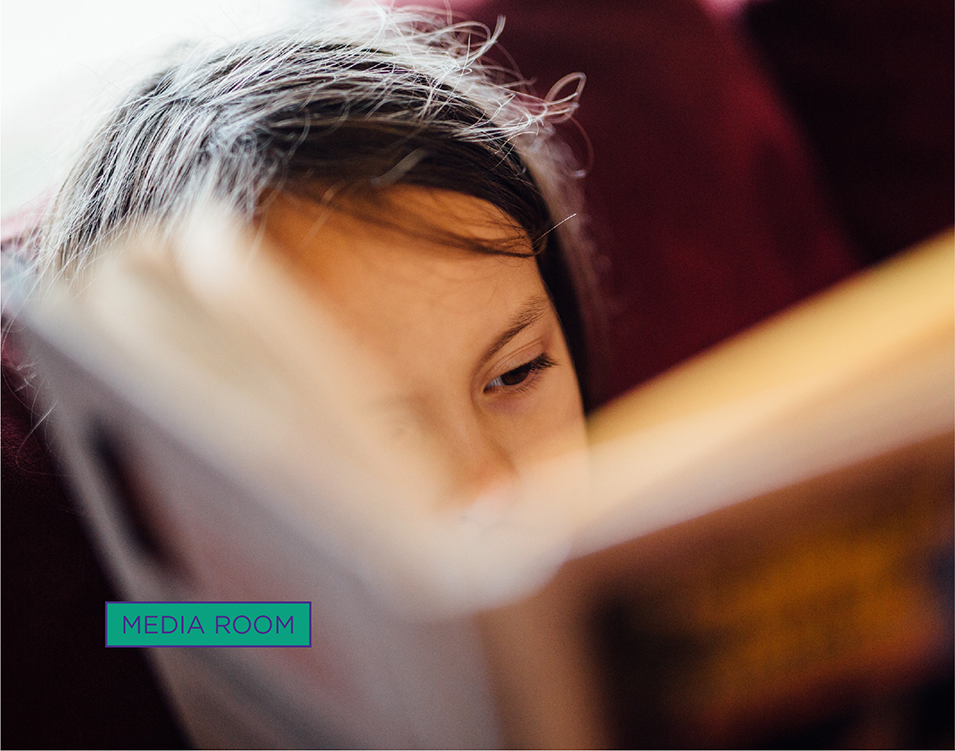The Distance Learning adopted by schools during the pandemic has brought to light the criticalities of the transmission model that neuroscience had already detected: the unbalanced up-down relationship of information transfer from teacher to learner, the subordinate role of the body in the learning process and the detachment from the space in which this occurs.
«The knowledge of neuroscience today reveals to us the wonders of a deep, underground, occult work of the infantile mind that once was impossible to see and understand. […] The brain is not a machine, nor a computer, it has great flexibility. This implies the need to offer the child many, rich and varied experiences. And then give him the opportunity to choose, act and combine these experiences. […] The child who is free to choose in a prepared environment is certainly helped in his development.»
Fogassi 2019, p.344
A “prepared” space, that is capable of satisfying these requirements, and an innovative teaching model, would have a strong influence on the development of cognitive and relational skills of children and students in general.
Here some extracts from the discussion on these topics between that the director of Tuned-Lombardini22 Davide Ruzzon had with the psychologist-psychotherapist and linguistic mediator Silvia Panzavolta, and the engineer Samuele Borri, researcher and technologist manager of INDIRE, the National Institute of Documentation, Innovation and Educational Research, which for about a century has been the reference point for educational research in Italy.
1
Davide Ruzzon: As the book “Scuole innovative. L’Embodied Cognition Design come paradigma dei nuovi spazi scolastici” (Innovative schools. Embodied Cognition Design as a paradigm of new school spaces) underlines school environment should guarantee the students’ freedom of thought and freedom of movement in an experience of complex perception. What do you think of such an approach?
Samuele Borri: I think that the INDIRE manifesto, the “1 + 4 manifesto” on learning environments published in 2016[1], speaks very clearly about the different types of environments that should be present within a school: we are talking about group space, of individual space, of exploration space, of agorà, of informal space. The names already imply a certain freedom of movement and thought, so the approach of the mentioned book is totally acceptable because we are convinced that the educational experience is the result of diversified activities, some of which are absolutely to do with everything. the body and not just the head.
2
DR: The design of learning environments based on the new assumptions of pedagogy requires a radical revision of the Italian school buildings that are no longer adequate to perform the task for which they were designed. How is Italy moving?
SB: On the front of the revision of the school design, Italy is moving a bit patchy. There are local authorities, municipalities, provinces that are sensitive to this and have realized that it is no longer possible to continue to think of a school building as a set of distinct classrooms joined by a corridor and which have organized themselves to make calls for tenders that induce designers to design schools that provide diversified types of environments. Which is obviously appreciable but there is still no push towards this new type of approach and towards the design of school buildings on a systemic level.
3
Davide Ruzzon: The pedagogist Maria Montessori and the psychologist Loris Malaguzzi have provided important contributions to overcoming the teaching system conceived as a transfer of information from teacher to learner, to focus on a type of learning based on the body and movement in space. What is their role, according to your vision?
Silvia Panzavolta: Both Maria Montessori and Loris Malaguzzi understood the importance of considering the subject in the round, a subject that is not made only of cognition or abstraction and thought, but of total interaction with space. Neuroscience tells us well how our learning process works, which starts from the symbolization of the processes of physical interaction with the environment, therefore bodily and linked to movement. A book I recently read by Raniero Regni and Leonardo Fogassi, entitled “Maria Montessori and neuroscience. Brain, mind, education” (Fogassi 2019), takes up this theme and insists on how important the sensori-motor intelligence, which is what Piaget already pointed out, is important.
4
DR: Space should be considered as an educational resource not only because it welcomes and directs educational processes, but also because it conveys and supports growth processes both on an individual and social level. How does space affect superior cognitive abilities?
SP: Space is certainly a “third educator”, as Malaguzzi said, because it manages to be a sort of symbolization of what is culturally acceptable or desirable. A space that does not favor interaction between peers, for example, but which speaks of a one-to-many communication, does not convey, does not support a process of social or individual growth of a critical type. […] A space such as that of cooperative work within a circle, for example, tells us about a mental process that has to do with interaction, cooperation with the solution of shared collective problems.
Bibliography
Fogassi 2019 – Leonardo Fogassi, Raniero Regni, Maria Montessori e le neuroscienze. Cervello – Mente – Educazione, Fefè Editore, Roma 2019;
Gomez Paloma 2019 – Filippo Gomez Paloma, Marco Borrelli, Emma Buondonno, a cura di, Scuole innovative. L’Embodied Cognition Design come paradigma dei nuovi spazi scolastici, Edizioni Nuova Cultura, Roma 2019.
[1] The Manifesto “1+4 SPAZI EDUCATIVI PER LA SCUOLA DEL TERZO MILLENNIO” is available on INDIRE

